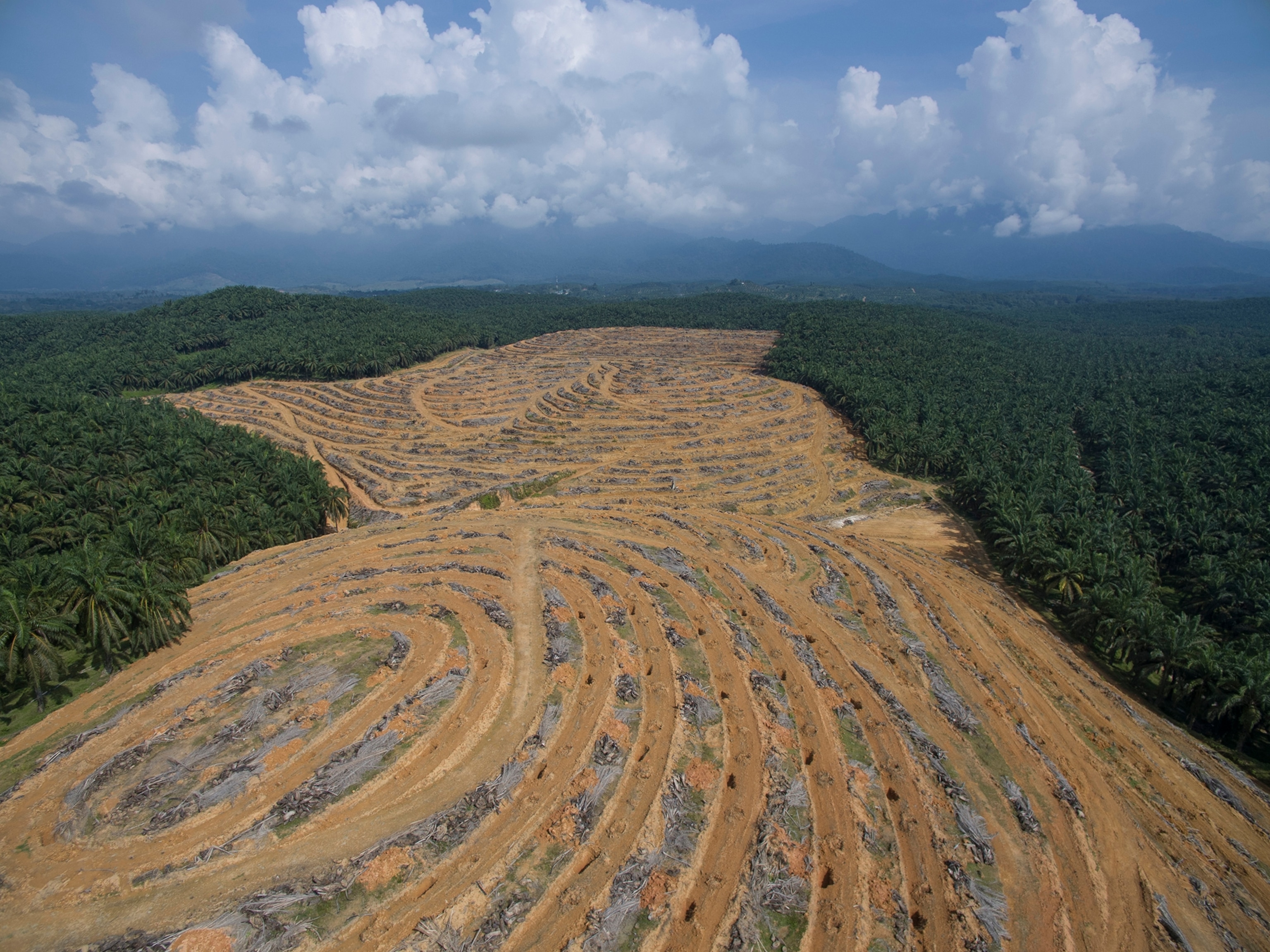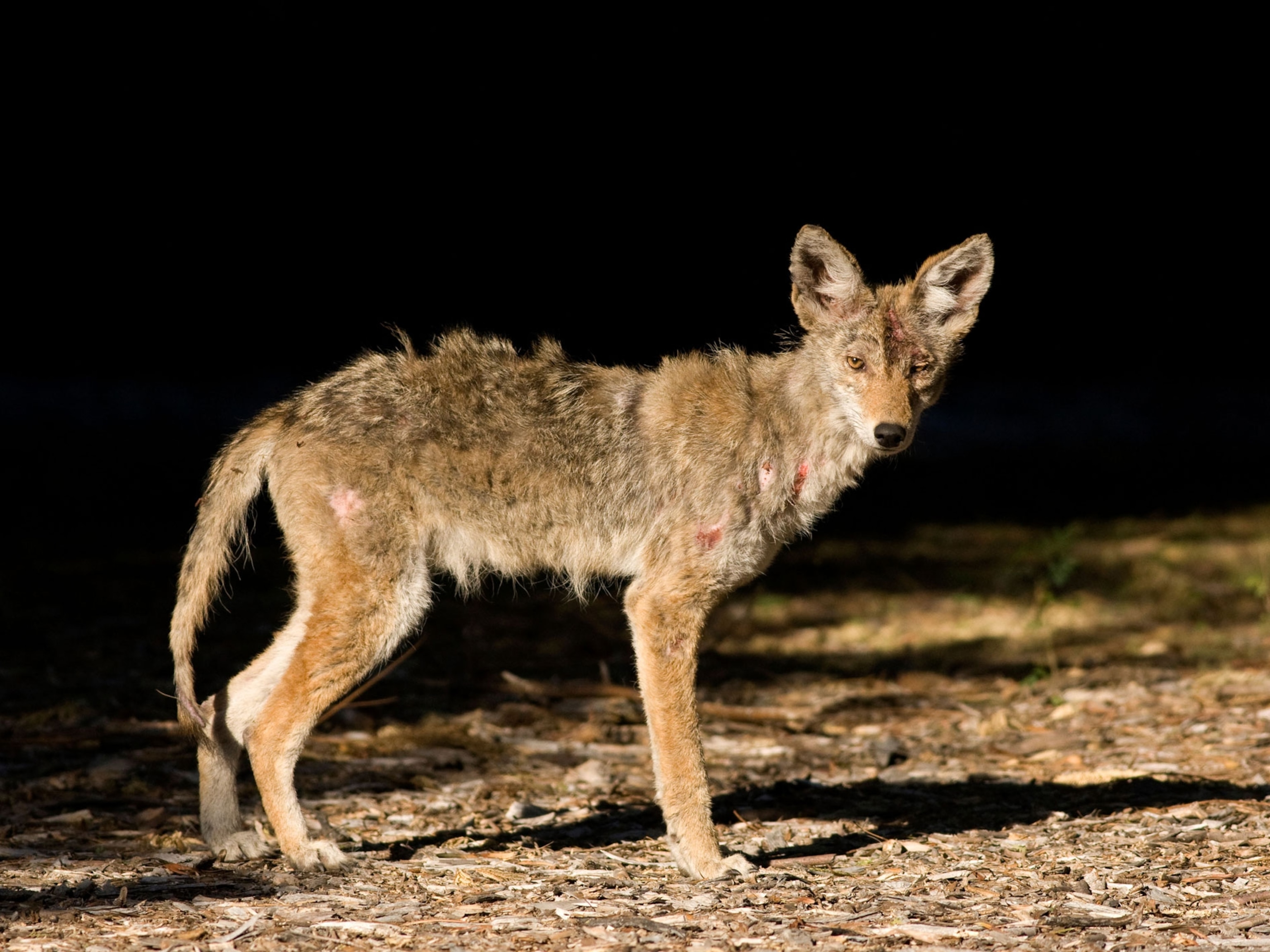Why deforestation matters—and what we can do to stop it
Large scale destruction of trees—deforestation—affects ecosystems, climate, and even increases risk for zoonotic diseases spreading to humans.

Deforestation harms the planet and humans in many ways. Trees play a major role in the global effort to slow the pace of climate change, preserve wildlife, and support more than eight billion people. Yet deforestation continues, threatening these goals and reducing biodiversity.
What is deforestation, and where does it occur?
Deforestation is the purposeful clearing of forested land, leading to permanent land-use change. Most deforestation—permanent forest loss—is driven by farming, grazing of livestock, mining, drilling, and settlements, according to research from the World Resources Institute (WRI).
Deforestation occurs all over the world, with Latin America, Southeast Asia, and Africa showing the largest amounts of permanent forest loss through agriculture. Between 2015 and 2020, the regions that had the highest annual deforestation rates were Africa (primarily Eastern and Southern Africa), South America, and Asia (primarily South and Southeast Asia), according to the Food and Agriculture Organization of the United Nations (FAO).

(Explore how the world’s forests have changed over two decades)
Major drivers of deforestation around the world
The conversion of forests for farming and ranching is the main driver of deforestation globally. Mining, infrastructure development, and settlement also contribute. The commodities produced on former forested land vary depending on the local or regional economy.
Meat production is rising worldwide, and that contributes to land clearing not only for livestock but also to grow animal feed such as soybeans. Forests are also cut as a result of urban sprawl, as land is developed for homes.
(Here’s why supermarket beef is the battleground for the deforestation debate)
Other forest loss caused by logging or wildfires may not be permanent. Logging operations, which provide the world’s wood and paper products, fell countless trees each year. Additionally, loggers, some of them acting illegally, build roads for settlement and to access more remote forests—which leads to further deforestation.
Primarily in Malaysia and Indonesia, forests are cut down to make way for producing palm oil, which can be found in everything from shampoo to saltine crackers. Palm trees grown for their oil accounted for 7 percent of the global deforestation from 2000 to 2018. From 1990 to 2005, more than half of oil palm expansion in Malaysia and Indonesia happened at the expense of forests, according to FAO data.
(World’s second biggest rainforest will soon reopen to large-scale logging)
In South America (home to the Amazon rainforest), cattle ranching and soy plantations have been the key culprits, and shifting policies have created uncertainty about how much of the rainforest will be protected from clearing for agriculture. About 17 percent has been destroyed over the past 50 years, and losses have been rising in recent years.
In 2022, the Amazon saw record rates of deforestation, with an estimated 1.98 million hectares (4.89 million acres) of forest cleared. In 2025, Colombia reported that it lost 113,608 hectares (280,731 acres) of forest in 2024, a 43 percent increase compared to the year before.
(This map shows millions of acres of lost Amazon rainforest)
Effects of deforestation
Deforestation destroys habitat, which creates a ripple effect for people who depend on those ecosystems. Eighty percent of Earth’s land animals and plants live in forests, and deforestation threatens species including the orangutan, Sumatran tiger, and many species of birds.
Removing trees deprives the forest of portions of its canopy, which blocks the sun’s rays during the day and retains heat at night. That disruption leads to more extreme temperature swings that can be harmful to plants and animals.
(See orangutans, jaguars, and other jungle animals in their natural habitats)
Forests supply local people with food and livelihoods. An estimated 5.8 billion people use non-timber forest products worldwide, according to the FAO. These products include game meat, honey, beeswax, and wild species collected for medicine, energy, and other uses. In India, local communities and Indigenous people derive up to 40 percent of their income from non-timber products.
Deforestation is also a key cause of soil erosion, which in turn degrades land, clogs waterways, contributes to flooding, and reduces agricultural productivity.
Deforestation, carbon emissions, and global warming
We need trees for a variety of reasons, not least of which is that they absorb the carbon dioxide we exhale and the heat-trapping greenhouse gases that human activities emit. As those gases enter the atmosphere, they accelerate climate change.
Cutting trees both adds carbon dioxide to the air and removes forests as a carbon sink—natural absorbers of existing carbon dioxide. If tropical deforestation were a country, according to the World Resources Institute, it would rank third in carbon dioxide-equivalent emissions, behind China and the United States.
(4 solutions for trees and forests threatened by a hotter world)
Deforestation’s effects reach far beyond the people and animals where trees are cut. The South American rainforest, for example, influences regional and perhaps even global water cycles. The rainforest is also critical to the water supply in Brazilian cities and neighboring countries.
One study found that deforestation accounted for 74 percent of the decline in rainfall and 16.5 percent of the temperature increase in the Brazilian Amazon over a 35-year period. The loss of clean water and biodiversity from all forests could have many other effects we can’t foresee, touching even your morning coffee.
How can we slow deforestation and protect remaining forests?
The numbers are grim, but many conservationists see reasons for hope. A movement is under way to fight illegal mining and logging, preserve existing forest ecosystems, and restore lost tree cover by first reforesting (replanting trees) and ultimately rewilding (a more comprehensive mission to restore entire ecosystems).
In Tanzania, the residents of Kokota have planted more than 2 million trees on their small island over a decade, aiming to repair previous damage. In South America, some 360 organizations are cooperating to protect and restore the Atlantic Forest of Brazil, Paraguay, and Argentina.
(A Yellowstone for Europe? Inside the bold effort to rewild the continent.)
A group of farmers in northwestern Brazil is showing that farming can be done in a way that protects the rainforest and its biodiversity. And companies are partnering to fund forest restoration products by selling carbon credits.
Stopping deforestation before it reaches a critical point will play a key role in avoiding zoonotic diseases. In 2014, for example, the Ebola virus killed over 11,000 people in West Africa after fruit bats transmitted the disease to a toddler who was playing near trees where bats were roosting.
(Amazon gold mining drives malaria surges among Indigenous peoples)
A November 2022 study showed that when bats struggle to find suitable habitat, they travel closer to human communities where diseases are more likely to spillover. However, when bats’ native habitats were left intact, they stayed away from humans. The 2022 research showed that we can predict and avoid spillovers by monitoring and maintaining wildlife habitats.
(Protecting land and animals will mitigate future pandemics, report says)
Consumers can help by shopping for sustainably produced sources whenever possible. Nonprofit groups such as the Forest Stewardship Council and the Rainforest Alliance certify products they consider sustainable in an effort to raise public awareness and encourage business practices that do not contribute to deforestation.








